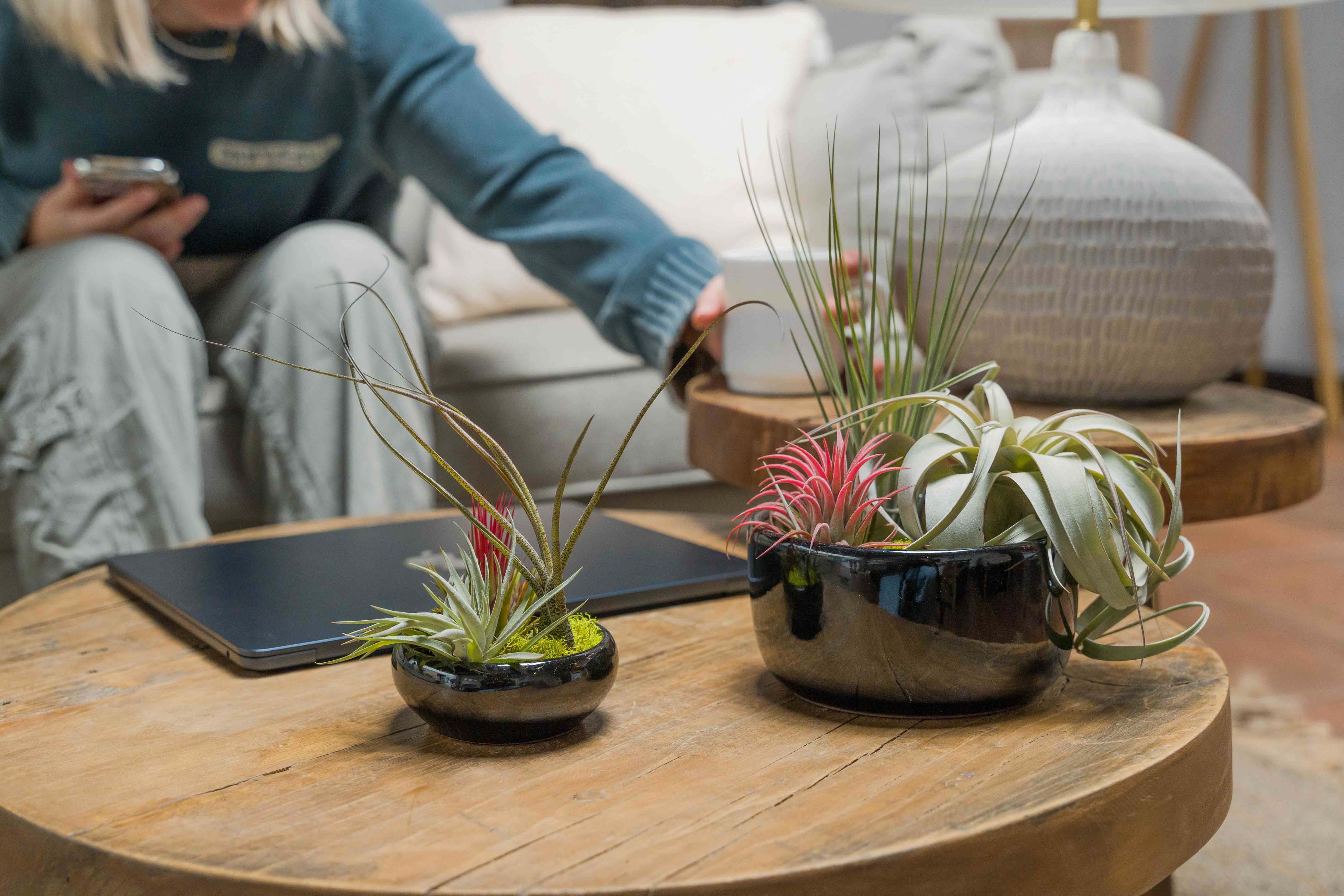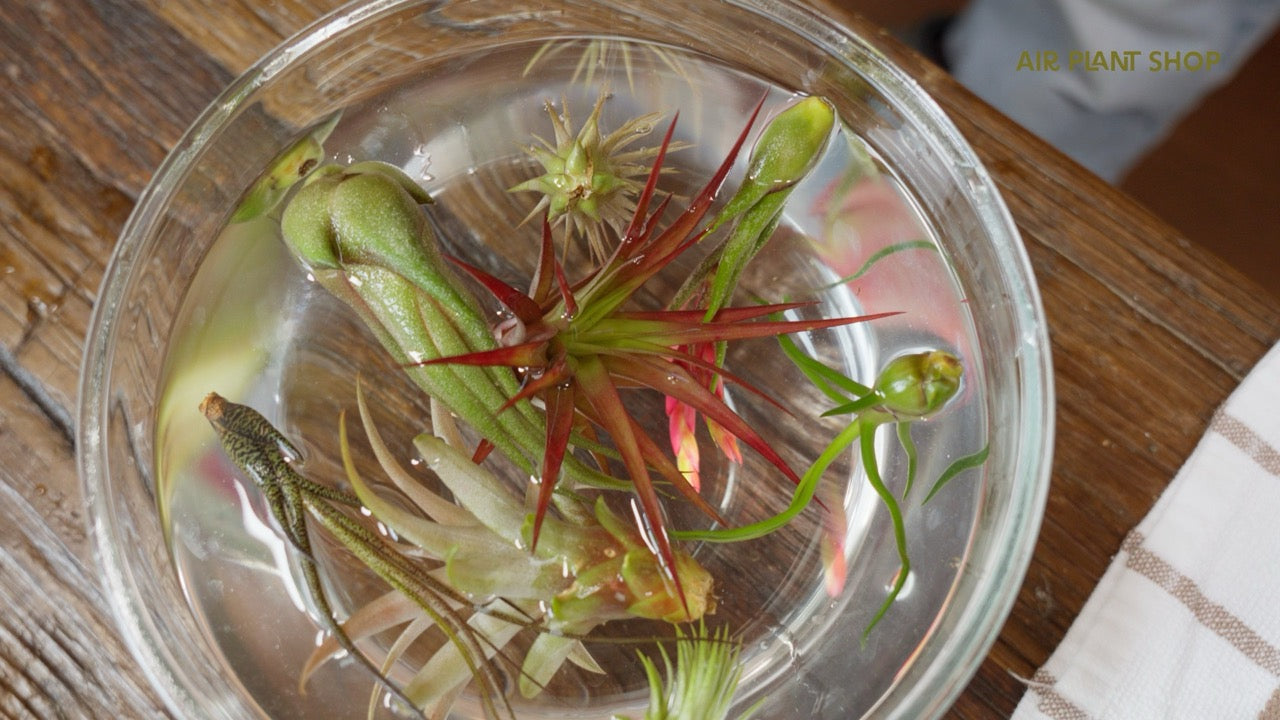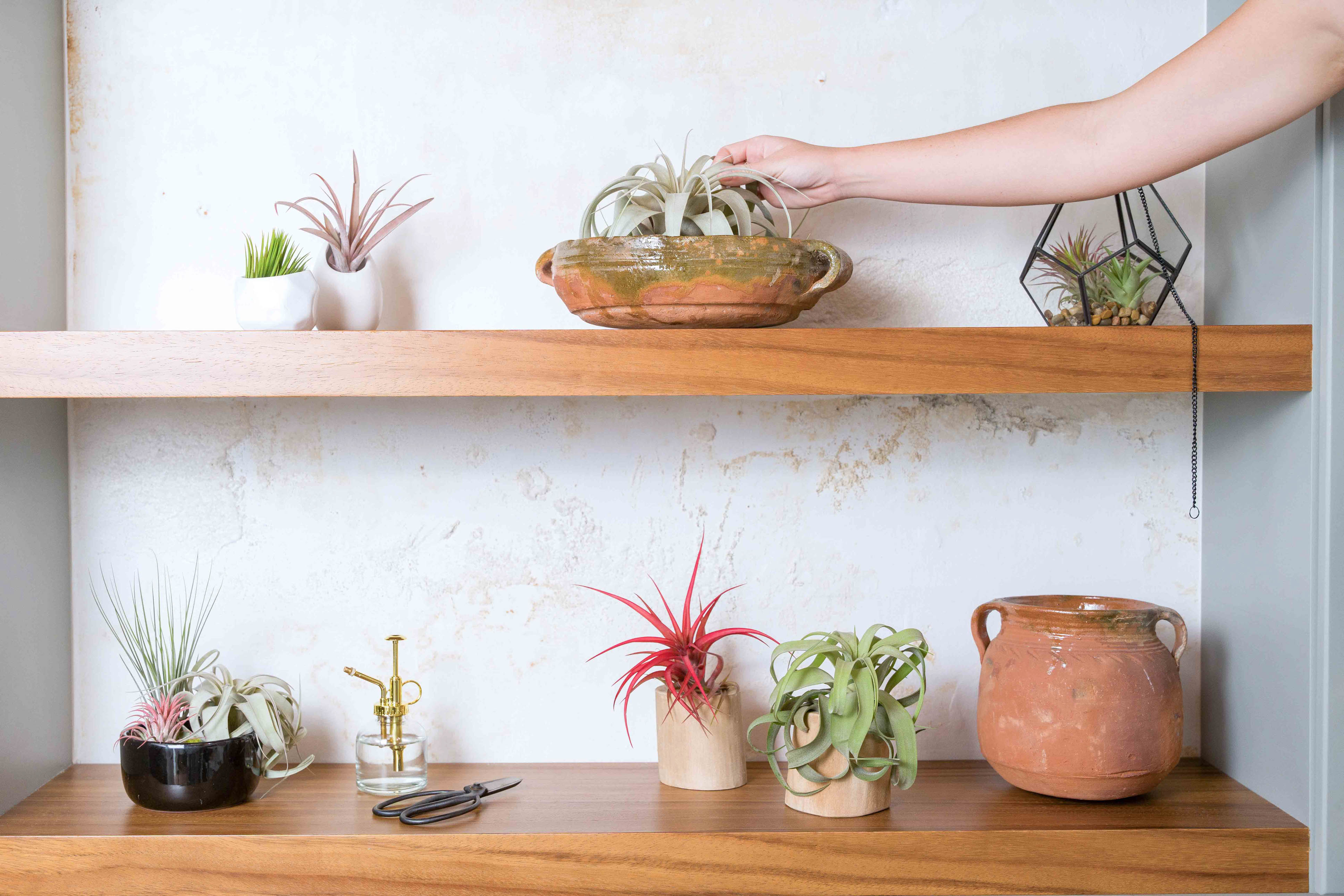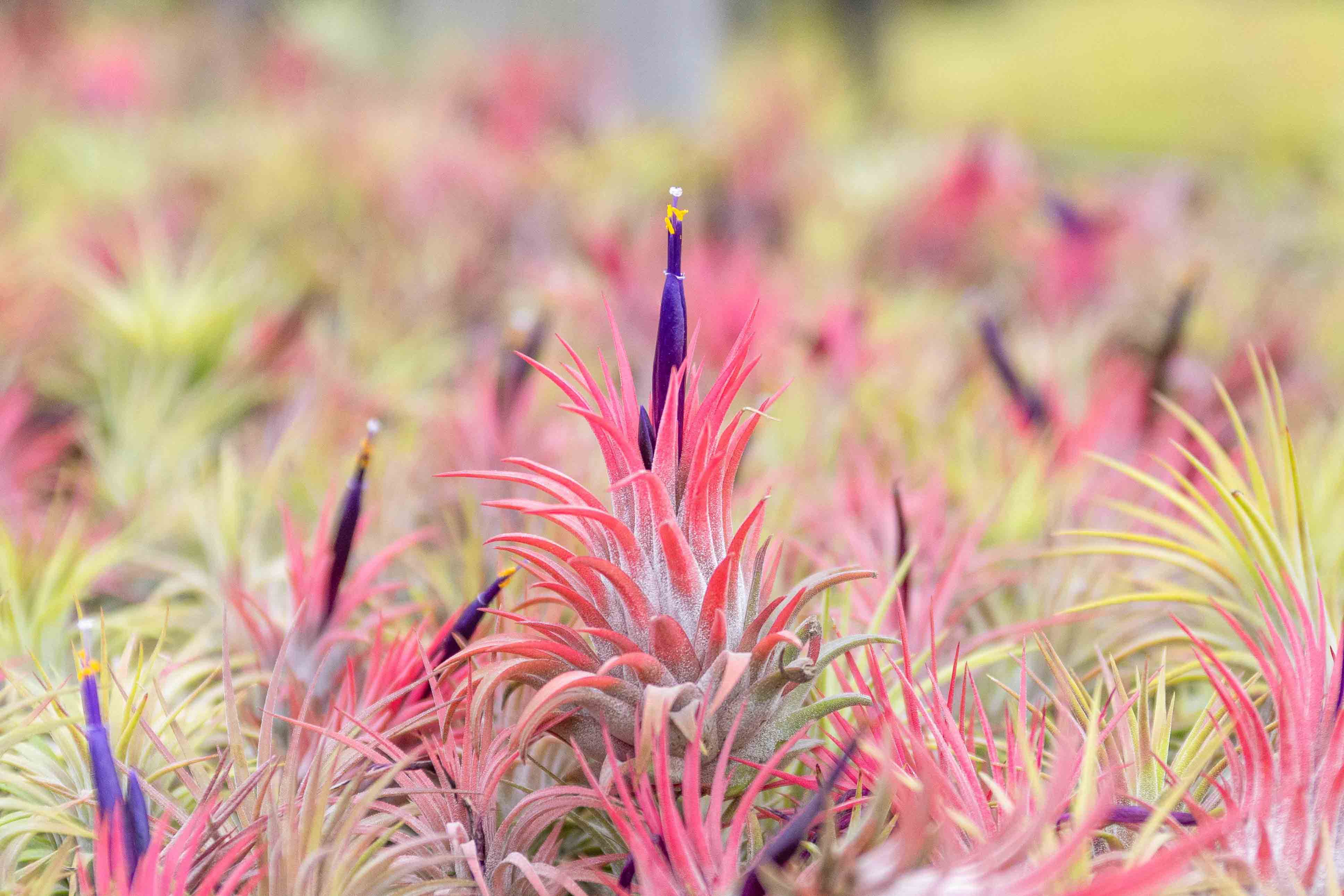Have you ever wondered why air plants seem to defy gravity, thriving without soil and bursting into vibrant blooms? These fascinating little plants are unlike any other houseplant, and their life cycle can surprise even the most seasoned plant parent. From tiny seeds floating in the wind to beautiful blooms and new pups, air plants have a unique journey. In this post, we’ll explore each phase an air plant experiences and share care tips to help your plant thrive from beginning to end.
From Seeds to Pups: The Beginning of Life
Every air plant starts its life as either a seed or a “pup” (an offset from the mother plant). Air plant seeds are encased in hair-like parachutes that float through the wind until they land on their new home—usually a tree, rock, or plant. Once settled, they slowly begin to grow, often staying under an inch tall for the first two years!
While growing air plants from seeds leads to larger and hardier plants, it’s a slow process. If you’re curious about how it all works, check out our Sustainable Farming blog. But most air plant owners are more familiar with pups—tiny new plants that grow from a mature air plant. Pups grow and bloom much faster, making them the preferred option for indoor plant parents.
Growth Cycle: How Fast Do Air Plants Grow?
Air plants are slow growers, and their growth rate depends on the species and environment they live in. For example, xeric species, like the majestic Xerographica, tend to grow more slowly because they come from drier, desert-like climates. Meanwhile, mesic varieties, like Ionantha or Abdita, which come from more humid environments, will grow faster in a typical home setting.
Factors like light, airflow, and humidity play a big role in how quickly your air plant grows. Want to boost your air plant’s health? Stick to the basics:
- Provide bright, indirect light.
- Ensure good airflow around the plant.
- Mist or soak depending on your plant’s needs—xeric plants need less water than mesic ones!
Blooming: The Big Event!
One of the most exciting moments in an air plant’s life is when it blooms. Each air plant will bloom just once in its lifetime, and when it happens, it’s a showstopper. Many species’ leaves will “blush” with vibrant colors—ranging from deep oranges to striking purples. The blooms themselves are just as gorgeous and can last anywhere from a few days to several months, depending on the species.
If you’re eagerly waiting for your air plant to bloom, there are a few tricks you can try. Check out our How to Encourage Your Air Plant to Bloom blog or try fertilizing your plant with our specially formulated Air Plant Fertilizer to give it a little nudge. After blooming, the flowers and bloom stalk will eventually die off as the plant shifts its energy toward reproduction—either through seeds or pups.
Wondering what to do with the spent blooms? You can safely trim them for a cleaner look. Learn how here.
Pups and Propagation: The Next Generation
After the blooming cycle, you’ll notice tiny pups starting to emerge at the base of your air plant—this is when the real fun begins! Most air plants will produce one to three pups, and you’ll easily spot them because they’ll have their own little centers.
As the pups grow, the mother plant may begin to fade, eventually dying off. But don’t worry! Each pup will continue the life cycle, growing into a mature air plant ready to bloom and reproduce again. When the pups reach about one-third the size of the mother, they’re ready to be propagated!
Want to propagate your pups? Here’s a simple guide:
- Gently twist the pup away from the mother plant when it’s large enough.
- Use sterilized scissors for a clean cut from the mother plant.
- If you prefer a fuller look, you can leave the pups attached to create a clump!
Quick Care Tips for Every Phase
Seedlings & Pups:
- Provide bright, indirect light.
- Mist lightly to avoid overwatering.
Growing Air Plants:
- Ensure good airflow and appropriate humidity.
- Water by soaking or misting, depending on the species.
Blooming Air Plants:
- Increase humidity slightly.
- Fertilize once a month to encourage blooms.
Propagation:
- Wait until pups are one-third the size of the mother before separating.
- Handle with care and consider leaving pups attached for a fuller look.
For more information about air plants, check out our What are Air Plants? and All About Air Plants blogs. Don’t forget to follow us on Facebook and Instagram for more air plant highlights, tips, and upcoming sales!










Leave a comment